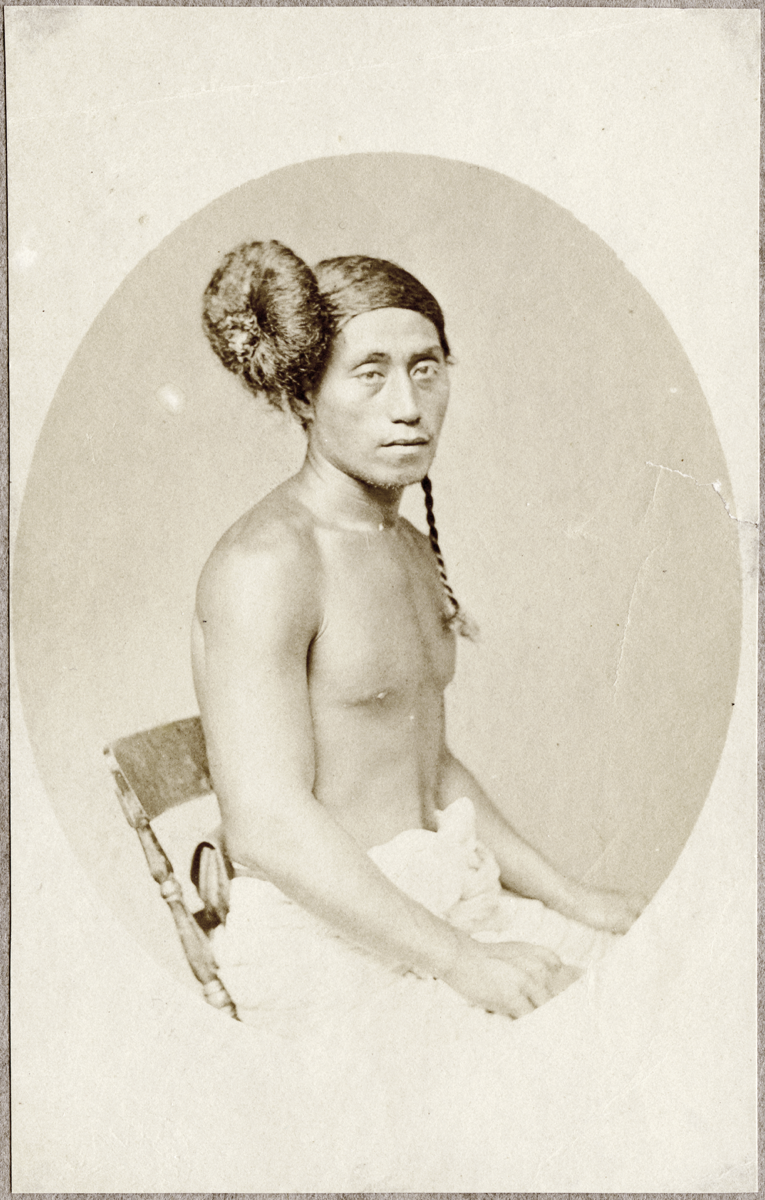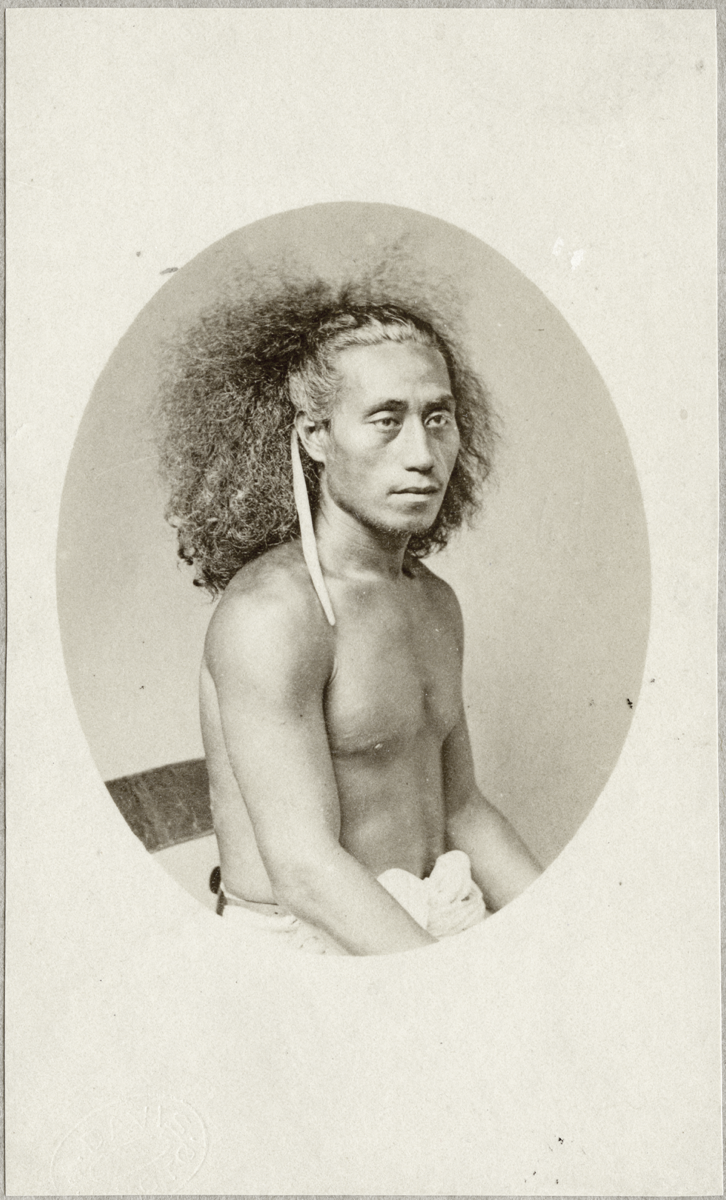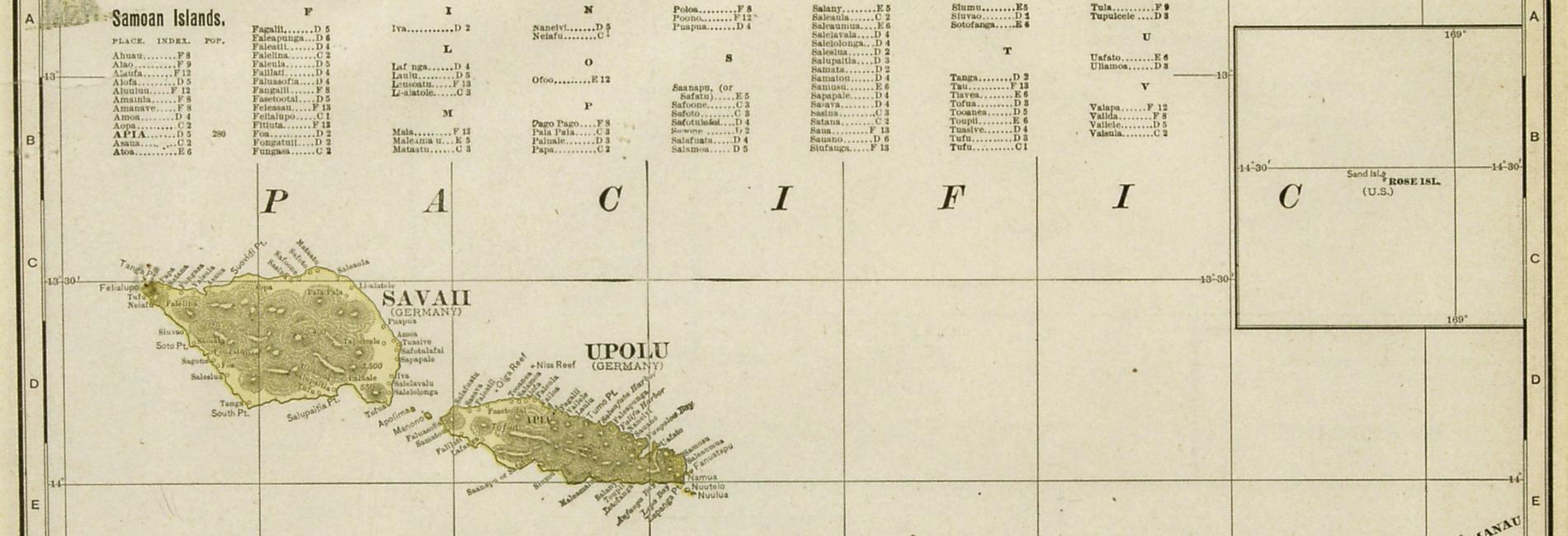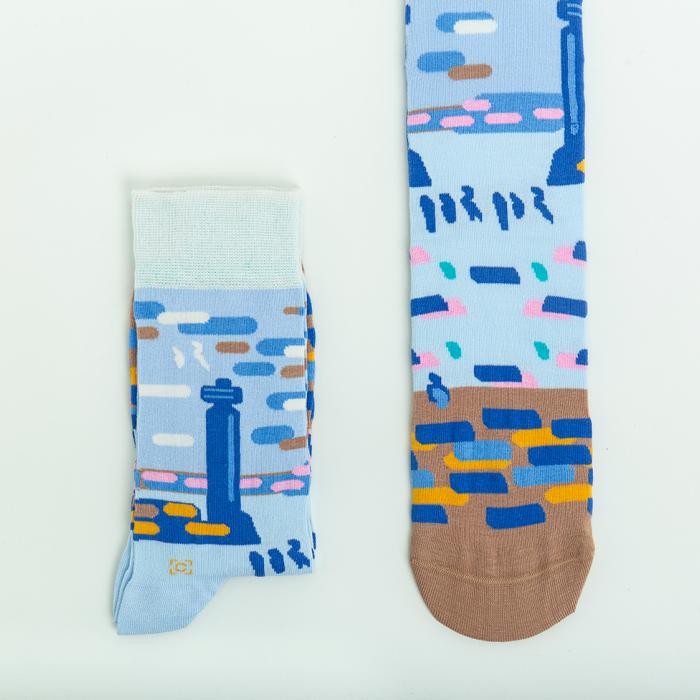A pair of studio photographs from colonial Samoa, taken in the 1870s, speak of complex colonial histories and different understandings of race, gender and gender fluidity.
We don't know the name of the subject of the photographs: the labels simply say "man from Tutulia with hair bound [and] unbound".
Anita Herle, Senior Curator at the Museum of Archaeology and Anthropology, tells us more.
More information
The photographs
"Man from Tutuila with hair bound"

"Man from Tutuila with hair unbound"

Current object label
'Man from Tutuila with hair bound [and] unbound’
We know little about this person but Samoan researchers have identified them by their positioning and hairstyle as fa’afafine, a Samoan term which can be translated as ‘third gender’. The word fa’afafine expresses gender fluidity and encompasses all LGBTQ+ people.
By the time these portraits were made in the 1870s, studio portraits typically depicted Samoan men as warriors with clubs or other weapons, but these are absent here. Men were also no longer wearing topknots and turbans as protection in war. Newly established churches especially demanded that men cut their hair short. Conversely, Samoan women, who customarily had short hair, were encouraged to grow their hair long in keeping with European notions of beauty.

Header image is of a Chromograph map of Samoa made by George Cram in 1896, sourced from Wikimedia Commons and used under a Creative Commons licence.


